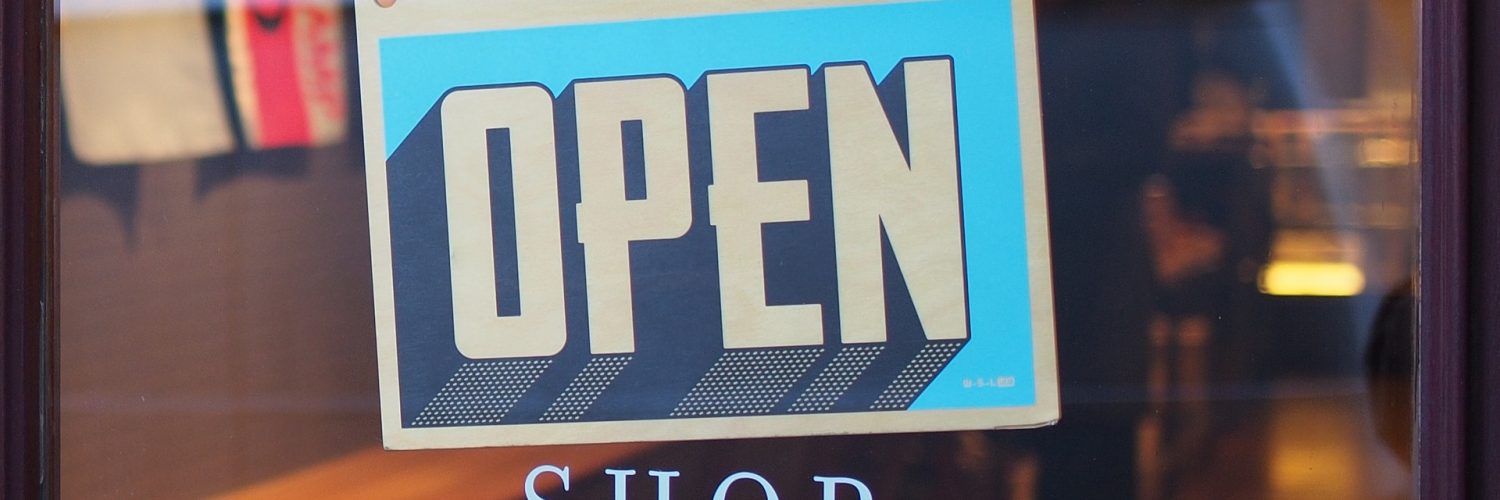Arizona Hispanics’ buying power is expected to hit an all-time high at $57.3 billion by 2022. In the Phoenix region alone, about 310,000 Latinos plan to buy a vehicle over the next year. About 95,000 plan to purchase a home or condo.
These are just a few of the facts contained in the 2020 DATOS report, “The State of Arizona’s Hispanic Market,” which paints a telling portrait of Latinos’ growing economic power and influence in Arizona.
This is the 24th year the Arizona Hispanic Chamber of Commerce (AHCC) has released this comprehensive report that details statistics about economics, health, population, community safety, and other trends within the Hispanic population.
The 240-page DATOS report is packed with information about where Latinos shop, where they bank, how they spend their vacation time, which neighborhoods lack access to a healthy food supply, business ownership, and much more.

This year, about 1,360 viewed the virtual event. Gov. Doug Ducey spoke briefly to thank the chamber for its work in helping students and entrepreneurs.
“Earlier this month, it was my privilege to honor Hispanic Heritage Month and the countless ways Aironza is enriched by our Hispanic community from our culture to the arts to our history and more,” Ducey said. “Arizona values the contribution of the more than 2.2 million Hispanic people who call our state home.”

Monica Villalobos, president and CEO of the Hispanic Chamber, said the DATOS report is vital in its role to report data that tells the real story of Hispanic contributions in Arizona and the U.S.
Each year, the chamber selects one issue to highlight. Education was chosen this year to shine a light on progress as well as challenges ahead.
Arizona’s future relies on Latino students’ success
Today, 46 percent of public K-12 school students in Arizona are Hispanic. They are outpacing White and Black students in attendance, Villalobos said.
“This is a key indicator of what our future workforce will be in the U.S. as well as our future consumers,” she said.
While high school graduation rates and school achievement are increasing in Arizona, Latino students still lag behind all other groups when it comes to completing a college degree, according to the DATOS report.
To address that, there needs to be a combined effort between educators, policymakers, the business community and citizens to create a brighter future for these children, Villalobos said. Teacher pay and per-pupil spending continue to be a concern.
“On average, Arizona’s F-rated schools have a student Latino population of 67 percent and they only make up 27 percent of A-rated schools,” she said.
Public policy matters
One likely reason for students struggling is Arizona’s former English-only law, Villalobos said. Arizona was the last state to ban the law, which caused large numbers of Hispanic children to be pulled out of core classes to attend English class daily, Villalobos said.
Teaching students in their own languages improves test scores, she said. Today’s businesses want employees who can speak more than one language.
“It is an advantage for students that need to be celebrated and not repressed,” Villalobos said. “The data bears this out.”
Latino business growth explosion
Latino business ownership in the U.S. and Arizona is soaring. Between 2009 and 2019 in the U.S., Hispanic-owned businesses grew by 34 percent while U.S. business ownership overall only grew 1 percent.
In Arizona, the numbers are even more stark. Between 2007 to 2012, Hispanic-owned businesses grew by 70 percent while business growth overall was only 2 percent.
Topping that are Latinas. This year’s report reveals important facts like Hispanic women-owned firms in Arizona grew 116 percent between 2007 and 2012.
While Latinos are seeing economic and educational gains, they continue to lag behind in areas such as quality health care, transportation, jobs, and business profits, the report found.
Other findings
Among the other findings:
- U.S. Latino buying power could reach $1.9 trillion by 2023
- Hispanics now account for 30.9 percent of Arizona’s population
- Phoenix is ranked the sixth largest major city for Hispanic population with 643,000 residents
- The Hispanic U.S. high school graduation rate moved from 57 percent in 2000 to to 71.8 percent in 2019
- In Arizona, the Hispanic high school dropout rate decreased to 4.64 percent in 2019 but is still about twice that of White students
Community collaboration makes DATOS possible
Salt River Project was the main sponsor of this year’s 2020 DATOS report. More than 45 companies and organizations contributed and supported its completion including the Arizona Democratic Party, Arizona Federal Credit Union, Arizona State University, Arizona Town Hall, Chicanos Por La Causa, Expect More Arizona, Fuerza Local, Greater Phoenix Economic Council, the city of Phoenix, Rounds Consulting, the University of Phoenix, Univision, U.S. Senator Martha McSally’s office, and Telemundo.
To read the full report, go to: DATOS 2020
About the AHCC
Founded in 1948, the Arizona Hispanic Chamber of Commerce is the advocate for the state’s 125,00 Hispanic-owned businesses and more than 2 million Hispanic consumers. The non-profit organization provides products, programs and services related to market intelligence, capacity building, advocacy and education to benefit its members, corporate partners, and the wider Hispanic and minority communities.A virtual panel that will delve deeper into the results of this year’s report will be Thursday, Oct. 22, from 10 a.m. to 11 a.m. To register for the free event, go to: 2020 DATOS Panel.
















Add comment